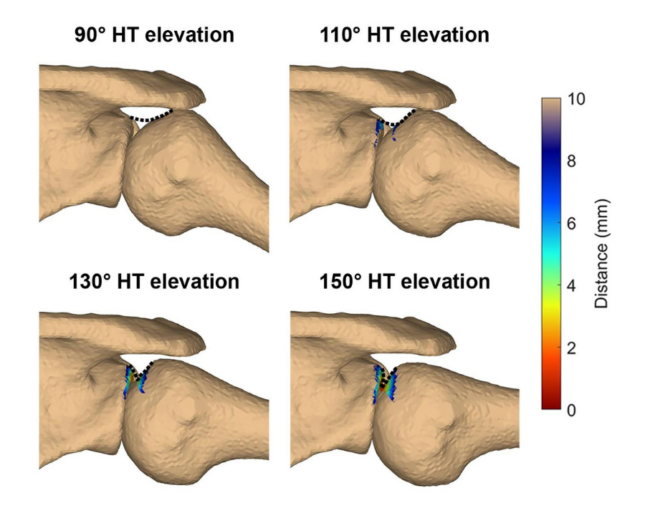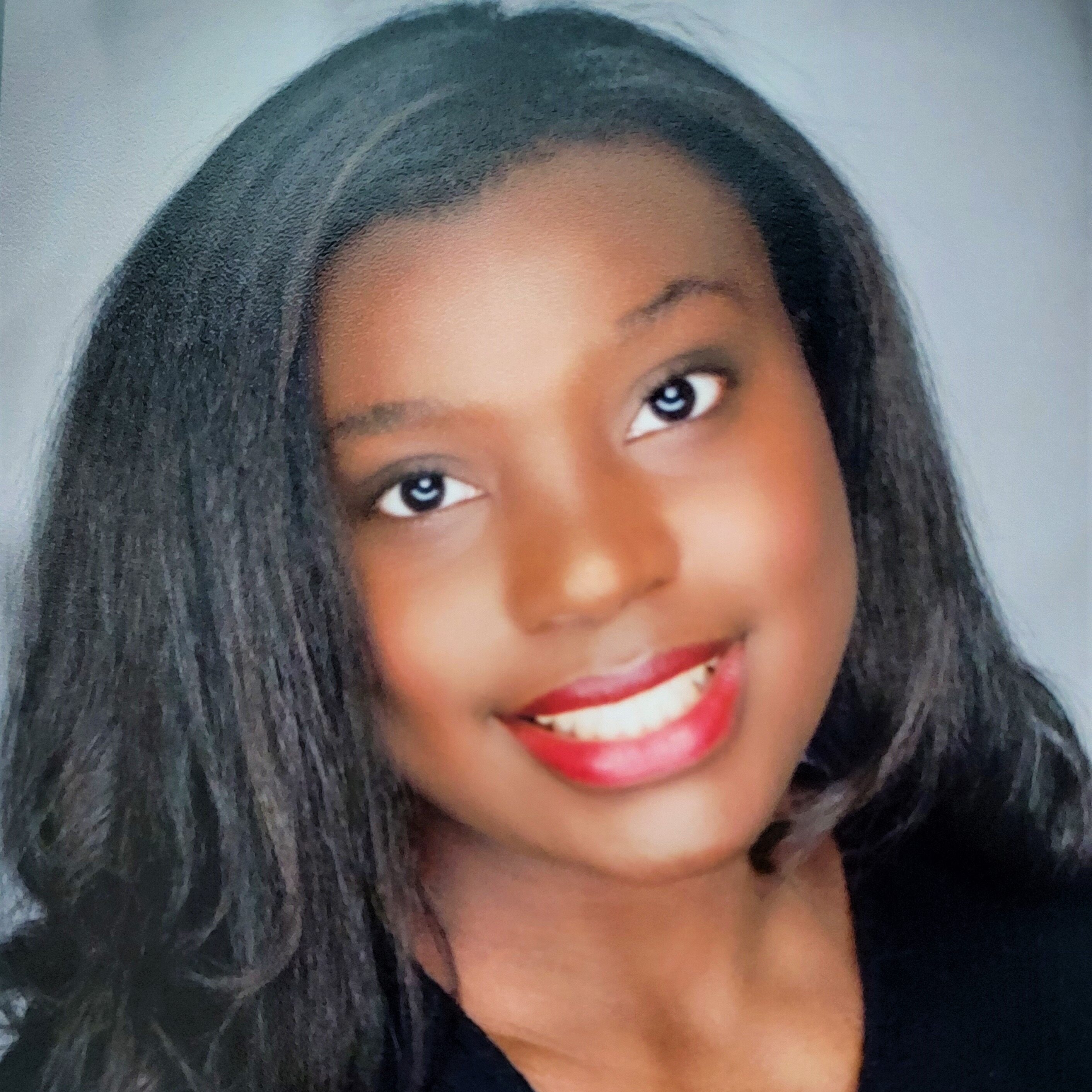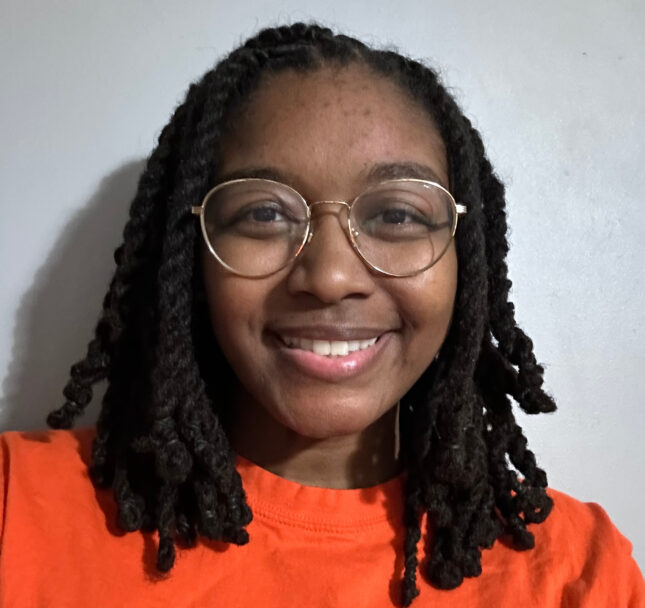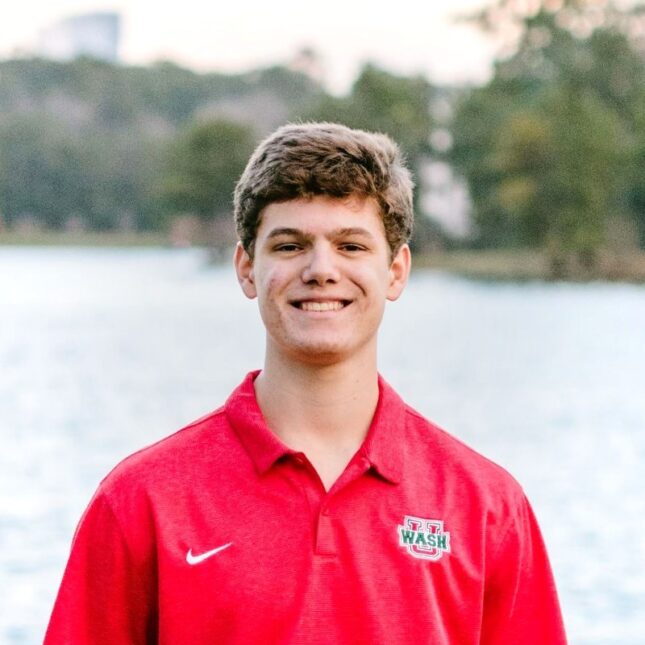We are dedicated to improving the quality of life for individuals with shoulder pain and those who have undergone rotator cuff repair surgery.
Our research is centered on the premise that clinicians cannot effectively treat patients without understanding the unique factors contributing to each individual’s condition. Shoulder conditions often prove especially challenging to treat because the shoulder is a complex system consisting of three joints and approximately 20 muscles that must work together to produce the motion needed for functional, occupational, and recreational activities. In particular, the rotator cuff – a group of four key shoulder muscles – is essential to shoulder health because it contributes to joint stability in ways that are not yet fully understood. Unfortunately, rotator cuff pathology is common and often leads to considerable shoulder pain and disability, which can persist even after surgical repair of a torn rotator cuff. As rehabilitation researchers, we approach these clinical challenges by investigating the movement-related factors associated with shoulder pathology, symptom manifestation, and functional decline. Ultimately, our primary goals are to:
- Develop targeted prevention and treatment strategies for individuals with shoulder pain by understanding the modifiable biomechanical factors contributing to rotator cuff pathology.
- Develop patient-specific rehabilitation guidelines for individuals after rotator cuff repair by understanding the patient, tissue, and rehabilitation factors that affect repair integrity and functional outcomes.
Our approach is to conduct rigorous, clinically relevant research that integrates clinical assessment, diagnostic imaging, and state-of-the-art methods of assessing the human movement system with the passion and expertise of a multi-disciplinary research team.
Faculty Investigator
Current Research Studies
Investigating the Multi-factorial Etiology of Rotator Cuff Pathology in Human Subjects
A rotator cuff tear is a common shoulder condition affecting approximately 40% of individuals over the age of 60. This condition is often painful, debilitating, and impairs quality of life. Despite their prevalence, the cause of rotator cuff tears is not fully understood but is generally believed to involve extrinsic factors (i.e., tendon impingement during shoulder motion), intrinsic factors (i.e., tendon degeneration), and overuse. These factors have been studied extensively in animal models, which have provided support for each factor contributing to rotator cuff pathology and, perhaps more importantly, that a combination of factors may be more impactful than any individual factor. Therefore, the objectives of the proposed studies are to: 1) develop a preliminary multivariable model classifying the effects of extrinsic, intrinsic, and overuse factors on rotator cuff pathology in asymptomatic individuals (K99); 2) extend the model with additional asymptomatic participants (R00); and 3) expand the model to include symptomatic participants (R00).
Funding: NIH/NIAMS (K99-AR075876, R00-AR075876)
Check out: https://pubmed.ncbi.nlm.nih.gov/34636897/, https://pubmed.ncbi.nlm.nih.gov/32807327/, https://pubmed.ncbi.nlm.nih.gov/35880416/

Determine the impact of simulated scapular movement impairments on mechanisms of rotator cuff tendon injury
Scapular movement impairments are often observed in individuals with shoulder pain and have been hypothesized as an underlying cause of rotator cuff pathology. For example, movement impairments (e.g., insufficient upward rotation) are believed to impact the frequency or magnitude of rotator cuff impingement, which can occur during shoulder motion when the rotator cuff tendon becomes abraded under the coracoacromial arch (subacromial impingement) or entrapped against the glenoid (internal impingement). However, the impact of scapular movement impairments on these potential mechanisms of tendon injury remain unclear. Therefore, this study aims to determine the extent to which simulated changes in scapular kinematics impact the acromion-to-footprint (subacromial) and glenoid-to-footprint (internal) distances.
Check out: https://pubmed.ncbi.nlm.nih.gov/30658048/, https://pubmed.ncbi.nlm.nih.gov/31377124/
Development of a low-dose CT protocol for radiographic motion analysis and modeling
Biplanar x-ray imaging is the gold standard for non-invasively quantifying shoulder motion. However, it is not without risks as current data collection protocols use clinical CT scans, which expose a person to about the same radiation dose they would typically receive from natural sources over three years. Although this amount of radiation is not known to increase an individual’s risk for cancer, mitigating risks is a core tenant of the responsible conduct of research. Therefore, this study will determine the dose-accuracy trade-off between incrementally lower-dose CT scans and the kinematic and geometric accuracy.
Funding: NIH/NIAMS (R00-AR075876)
Current Lab Members

Lydia Nicholson
Research Assistant, BS student in Biomedical Engineering

Tessa Roberts
Clinical Research Assistant

Stacey Chen, PT, DPT, ATC
PhD student, Movement Science

Samantha Loudermilk, SPT
Research Assistant, DPT Learner

Sarah Baldwin
Research Assistant, BS student in Biology (pre-PT)

Ashlynne Allen
Clinical Research Assistant II

Nicholas Seifried
Research Assistant, BS student in Neuroscience, Applied and Computational Mathematics and Statistics at the University of Notre Dame

Connor Dechiro
Research Assistant, BS student in Biology (pre-med)
Past Members
2023 – Kevin Roseni, research assistant
2023 – Erin Lee, visiting pre-doc researcher in Mechanical Engineering, Queen’s University
Collaborators
- Marcie Harris-Hayes, PT, DPT, MSCI; Program in Physical Therapy, WashU Medicine
- Renee Ivens, PT, DPT; Program in Physical Therapy, WashU Medicine
- Jay Keener, MD; Department of Orthopaedic Surgery, WashU Medicine
- William Middleton, MD; Department of Radiology, WashU Medicine
- Kelby Napier, MD, PhD; Department of Radiology, WashU Medicine
- Michael Rainbow, PhD; Department of Mechanical and Materials Engineering, Queen’s University
- Steve Soliman, DO, RMSK, FAOCR; Division of Musculoskeletal Radiology, University of Michigan
- Sharlene Teefey, MD; Department of Radiology, WashU Medicine
- Benjamin Zmistowski, MD; Department of Orthopaedic Surgery, WashU Medicine